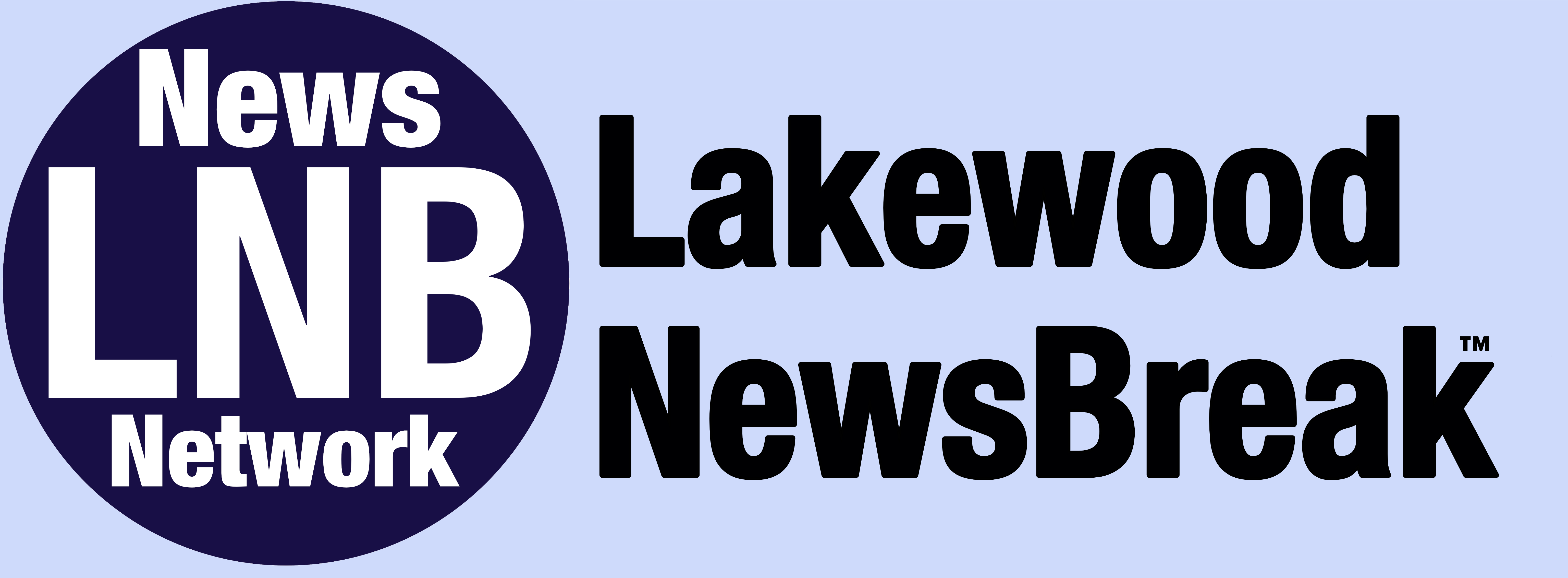Denver’s Sunnyside neighborhood is fading as a Latino stronghold, but some on the Northside hold on
"In Denver in particular, we've been pushed out; we've been priced out," Gonzales said. "Gentrification has really harmed us and our community."

Tulin Yarmon and her 12-year-old granddaughter, Avani, let incense smoke waft over them from an ofrenda — an altar dedicated to deceased loved ones — that was set up in northwest Denver’s La Raza Park for Día de los Muertos, or Day of the Dead.
Together, the pair built their own ofrenda at home, then picked out costumes and painted their faces before heading to the annual event at the start of November on the city’s Northside. Día de los Muertos has persisted as a tradition in Sunnyside for decades — a reminder of the area’s longstanding Latino heritage.
The elder Yarmon doesn’t live in the neighborhood, but her family hails from north and west Denver. Her grandmother-in-law lived off West 38th Avenue and Wyandot Street in Sunnyside.
“If you go down that street (now), I don’t think there’s a single Hispanic left on the block,” said Yarmon, 56. “They knocked down the traditional bungalows, and they build those two-story boxes.”
Latino community leaders, residents and people with family ties to the area are mourning changes in Sunnyside, part of a swath of neighborhoods that natives commonly refer to as the Northside. For decades, the area was a Latino hub alongside Westwood, Auraria and La Alma Lincoln Park — neighborhoods whose demographics are also in flux today.

As modern duplexes go up where single-family homes once stood, Northside locals say gentrification is shaping Sunnyside into a place they don’t always recognize. Some aren’t seeing as many familiar faces anymore: According to Sunnyside United Neighbors, 72% of the neighborhood was Latino in 2000.
Twenty-two years later, that overwhelming majority had shrunk to 37%, according to census data cited by a city dashboard.
The prices of homes have skyrocketed. In 2012, the median residential property value in Sunnyside was $208,300, the Denver Department of Finance reported. That number had more than tripled to $711,450 in 2022.
“Sunnyside traditionally has always been one of the areas of northwest Denver that’s been a little bit more affordable,” said Amy Berglund, a realtor at Milehimodern. She called it “one of the last neighborhoods to really take off.”
Over the last few years, its commercial corridors have boomed, thanks to restaurants like Bacon Social House and The Radiator on West 44th Avenue. Lynn Christensen owns Lily’s Baths & Biscuits, a pet supply store at 4051 Tejon St. that she opened nearly eight years ago.
During that time, the Denverite has watched townhouses and apartment buildings pop up in the area. Their price tags are too expensive for her budget.
“I can’t really afford this neighborhood, so that’s why I don’t live here,” Christensen said. But because the new developments bring more business, she doesn’t mind.
Prospective buyers are attracted to the area’s generous yard space and zoning for ADUs, or accessory dwelling units, Berglund said. With zoning for duplexes, too, “the developers have really liked Sunnyside the last 10 years, partly because land was cheaper.”
Now, she added, home prices range from around $500,000 for fixer-uppers to $1.8 million for new builds.
Also a recent draw: the Regional Transportation District’s 41st & Fox commuter rail station, which opened five years ago just east of Sunnyside, providing a downtown link on the G and B lines. Developers have begun seizing on denser zoning near the station, including in Sunnyside, to build apartments.

“We’ve been priced out,” community leader says
As people come and go on the Northside, Yarmon is still confident that Denver’s Latinos are persevering in the two-mile area between La Raza Park and César Chávez Park in neighboring Berkeley. She hopes the Hispanic cultural traditions there will last for generations — part of her motivation for bringing Avani to Día de los Muertos on Nov. 1.
“I wanted to teach (my granddaughter) some of the heritage of our background, particularly today — when so much of our history is lost and our traditions are lost,” Yarmon said. “I hope that she comes here and brings her children and her grandchildren, regardless of how gentrified we become.”
Sunnyside has long welcomed immigrant populations. The locale — one of Denver’s “original” outlying neighborhoods, according to Sunnyside United Neighbors — attracted Irish immigrants in the 1860s and 1870s, then Italian immigrants over the next two decades.
At the start of the 20th century, Latinos working at sugar companies settled in the area. From 1960 to 1970, its Latino population doubled, Sunnyside United Neighbors says.
Rudy Gonzales, the president and CEO of the Denver nonprofit Servicios de La Raza, said the Latino majority persisted on Denver’s Northside from the 1970s through the 1990s.
Not anymore.
“In Denver in particular, we’ve been pushed out; we’ve been priced out,” Gonzales said. “Gentrification has really harmed us and our community.”
Gonzales, who now resides in Capitol Hill, previously lived in close proximity to Sunnyside: to its west in Berkeley and to its south in Highland. He worked in the neighborhood for years, including a gig as a lifeguard in 1974, when La Raza Park — then named Columbus Park — had a community pool.
Diane Medina, 68, lives near the park today. She grew up on Kalamath Street before her family moved blocks away to Navajo Street. Medina’s early memories of the Northside feature mostly Latino faces.
Back then, “you had more people that looked like you. You went to school with folks that lived by you,” Medina said. “You were familiar, and that’s what gave the sense of community.”
With every death of a neighbor and sale of a house, Sunnyside grew different.
“It happens gradually,” Medina said, “and you don’t really notice as much until you’re feeling like you’re a stranger in your own community.”

At La Raza Park, children used to play in the green space. Now, it’s mostly pet owners walking their dogs, Medina said. She used to socialize with passersby, but she doesn’t feel like they share much in common anymore.
Medina has fielded plenty of offers to buy her home of 44 years — and she’s rejected them all. Her late mother’s house still stands down the street, and Medina still attends Día de los Muertos every year.
The changes sadden her, she said, but “it gives me more resolve to say: ‘Well, I’m not going to be one of those people that abandons my neighborhood, that abandons my community, that abandons the place that I’ve called home forever.’ ”
Envisioning the future of Sunnyside, Medina adds that “it’s going to probably look like some place that I don’t want it to look like, but I’m going to still be there.”
While Latinos still face challenges like displacement and racism, Gonzales highlighted gains made by his community locally. Six Latinas serve on the Denver City Council, and council president Amanda Sandoval, whose district includes the area, helped change the name of Columbus Park to La Raza Park in 2021.
“We’re still viable, and we’re still strong,” Gonzales said. “Chicano, Mexicano, Latino, Hispano — whatever we call ourselves, we’re survivors.”
Maintaining cultural traditions amid change
On Nov. 1, bystanders gathered on sidewalks and peered over the wire fencing of the Troy Chavez Memorial Peace Garden on Shoshone Street, a few blocks west of the park, as dozens of dancers with Grupo Tlaloc Danza Azteca moved together within the garden’s confines. From wooden garden pergolas, paper marigolds hung above the performers’ feather headdresses.
Two by two, they led a procession of more than 100 people down West 38th Avenue until the marchers reached La Raza Park.

While the dances continued around the garden pavilion, snatches of both English and Spanish conversations floated through the growing crowd. Denver Mayor Mike Johnston watched the performances as drum beats resounded across the park.
He recognized the importance of the Northside to the city’s Latinos.
“This really, I think, has for a long time been a center for both Chicano and Latino globalization and activation,” Johnston said.
Today, Denver’s Latino population is growing significantly, Johnston said. Out of more than 715,000 city residents, nearly 200,000 — or 28% — identify as Hispanic or Latino, according to the 2020 census.
Johnston referred to Día de los Muertos as “a great example of people knowing that their history and their traditions are seen in this city — and that they’re valued and that they’re front and center and on stage, and that all their neighbors care.”
Renay Sandoval, 43, tended one of about 20 ofrendas dotting the park. Her tiered altar was decorated with flowers, tea light candles and calaveras, or sugar skulls. Cigars and tequila shooters were placed in front of framed photos of Sandoval’s deceased relatives. She said she set up an ofrenda there for the first time because she wanted to honor her late father on the evening before the anniversary of his death.
With a keen eye, Nita Gonzales surveyed the event to ensure it ran smoothly, as she’s done since 1981.

Back then, Gonzales served as the principal of Escuela Tlatelolco Centro de Estudios in West Highland, the neighborhood kitty-corner from Sunnyside. First opened in 1970 as a product of the Chicano movement, the Denver school — now shuttered — taught its youth about Latino history and traditions.
Part of that curriculum involved Día de los Muertos, which Gonzales described as an Indigenous ceremony that dates back millennia to the Aztec people of Mexico. Her pupils wanted to practice it.
“So we did, and we started here in this park — La Raza Park,” Gonzales said. That’s where it’s been held ever since.
La Raza Park is also a sentimental place for a different reason. Gonzales’ father, Rodolfo “Corky” Gonzales, was a local Chicano activist whose words echoed across the Sunnyside park during his speeches. She and her brother, Rudy, are carrying on his legacy through their work in the community.
Born in east Denver, Gonzales has resided on the Northside for 40 years. She lives just north of Sunnyside in Chaffee Park.
“Our community started spreading out from east Denver, west Denver, and moving into this area,” Gonzales said. “It became a stronghold of Chicano Mexicanos.”
Her household is one of the last vestiges of that former stronghold.
“People have lost their homes; people can’t afford to still live here — (they) have to move out to the suburbs,” Gonzales said. “I refuse.”
Gonzales is intent on keeping her daughter and grandson in the area, too — “that way,” she said, “he knows who his grandparents are and he knows who Denver is and that history.”
Get more Colorado news by signing up for our daily Your Morning Dozen email newsletter.










